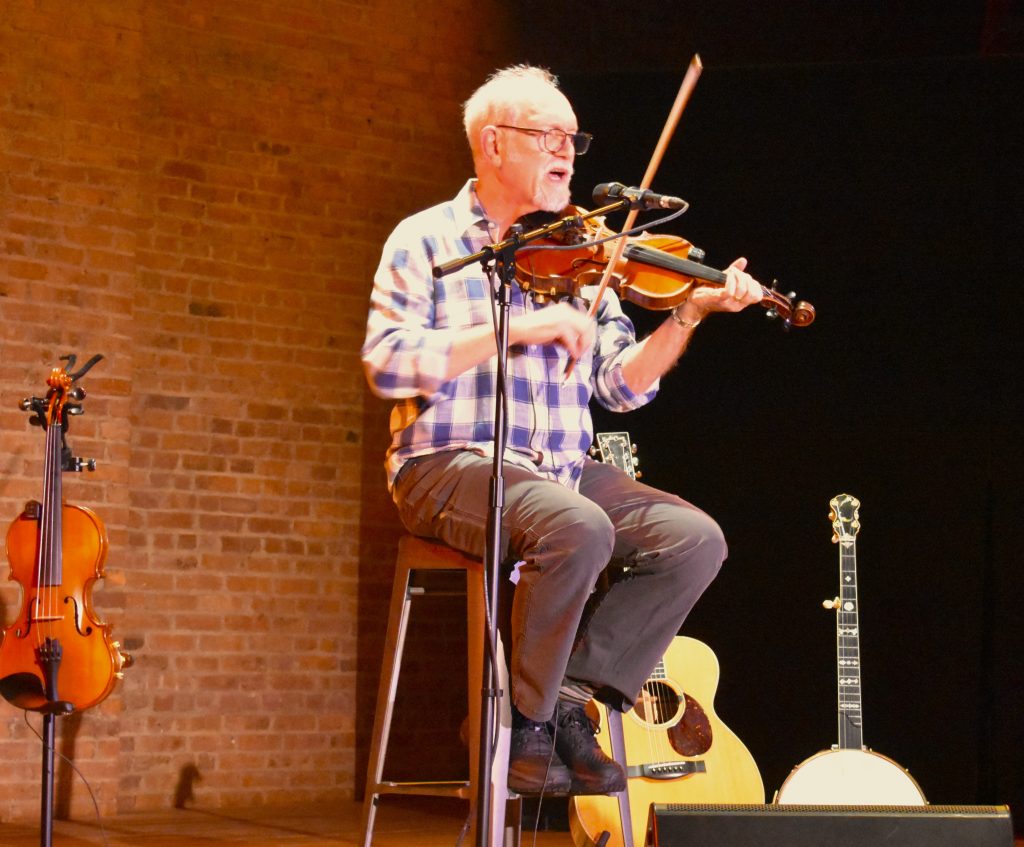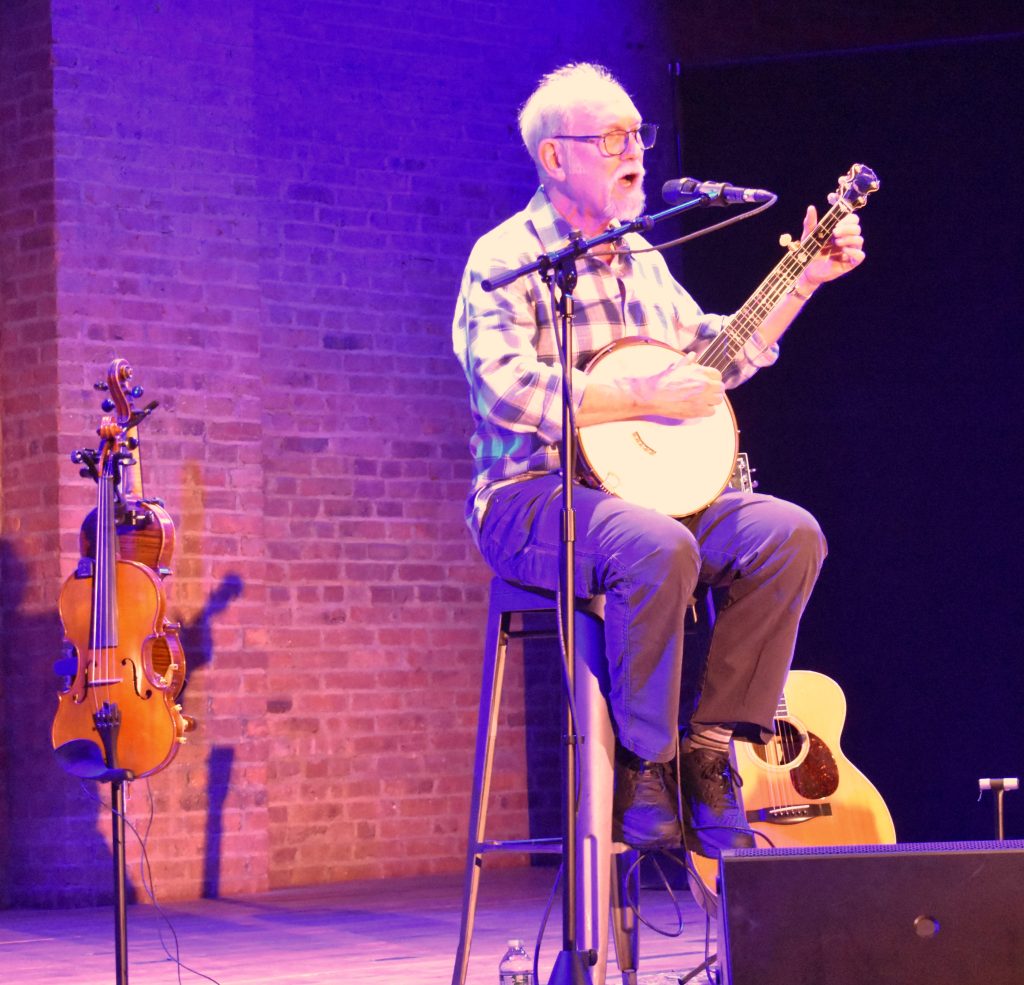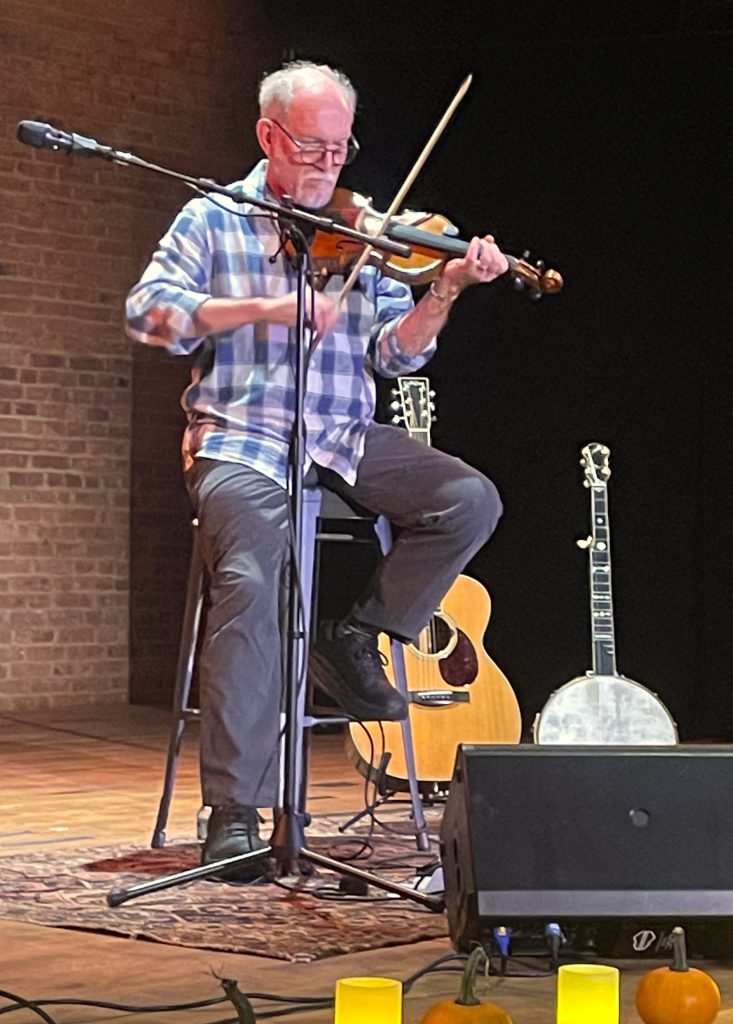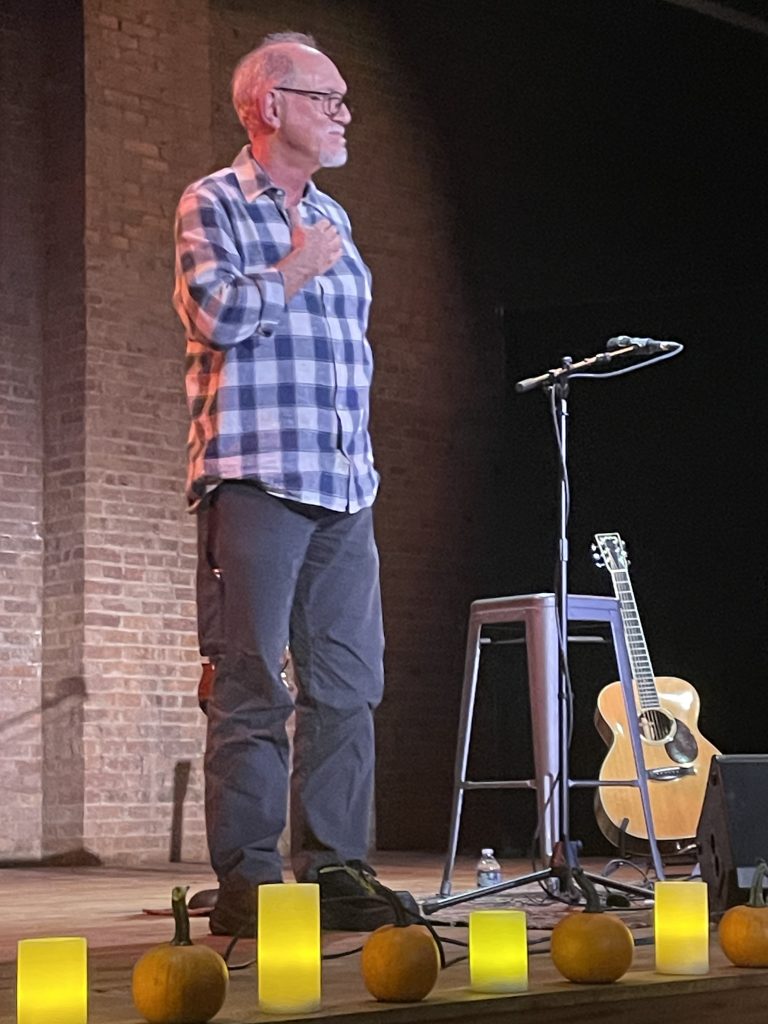
by Kevin T McEneaney
While Bruce Molsky was born in the southern Bronx, he is now one of the leading Old-Timey musicians in this country playing predominantly Southern Appalachian tunes. These tunes are of Celtic origin going back hundreds of years; there are thousands of such tunes, and early settlers from Scotland, Ireland, and Wales (even France) brought them to this continent. What distinguishes these tunes is that they are played at a higher pitch with a slightly accelerated pace. In the Celtic tradition, all tunes were held in common without the names of composers, yet by the nineteenth century, fiddlers began claiming that they were the composers of the tunes they played, especially if they put lyrics to a particular tune. All these tunes are jigs (4/4 time), reels (5/5 time), or ballads, although there may be the odd waltz (triple ¾ time). This is all folk-dance music, although lyrics sometimes replaced dancing.

Bruce is an accomplished performer on fiddle, guitar, and banjo. The heyday of this rural style was during the Depression in the 1930s, which is why so many of the songs are laments or complaints. Bruce opened with a song (jig form) about a man who lost his fingers in a machinery accident and could no longer play his fiddle.
Other songs lamented the loss of a lover, or leaving a town where there was no employment. “Bye-bye Baby Blues, a guitar Blues,” by Little Hat Jones (a Texas Blues composer) was exceptionally well-delivered in Bruce’s affable and accomplished voice. By the 1920s, musical riffs from the Blues and ragtime began sliding into Old-Timey which enhanced its hybrid development, as even breakdown and polka rhythms were added.

There was a great variety of themes as Bruce smoothly switched instruments over the two-hour concert. He even played an old English square dance tune. Such effective sampling created memorable variety with additional anecdotes on the author or the history of the tune. He played a Swedish folk tune on fiddle which I found a little peculiar since there was no set rhythm to the piece—it appeared to be an anthology of patchwork noodling. The Nova Scotia tune he played projected more harmonic resonance.
All music (even classical) is both collaborative and personal in the hybrid creation process, which often becomes the tweaking of another tune with a different context in a musical metamorphosis.
There was great variety and good pacing with the continual shuffling of the three instruments as different periods, styles, and places were sampled. Bruce has thirteen recordings available online with another to be released next month.
